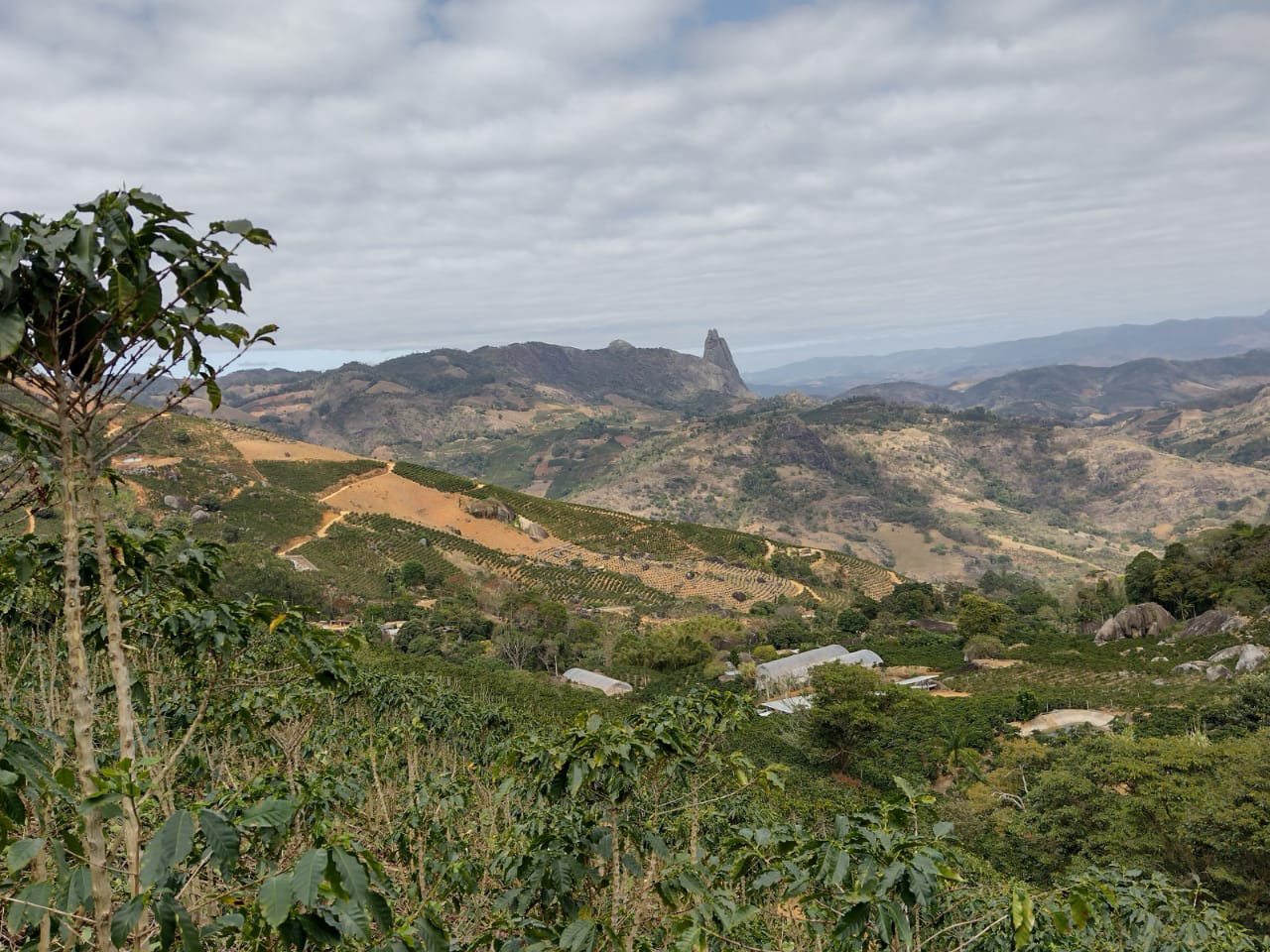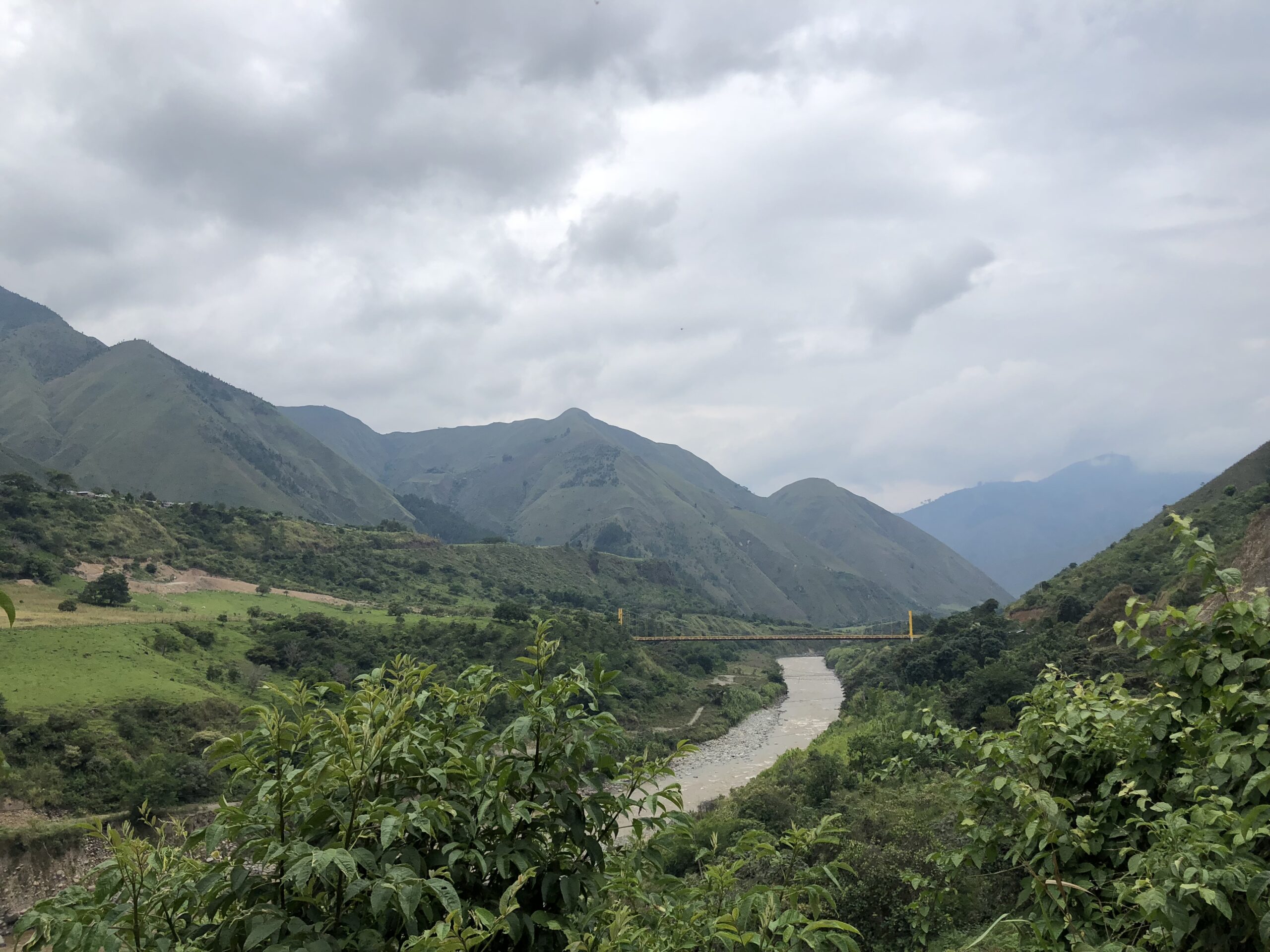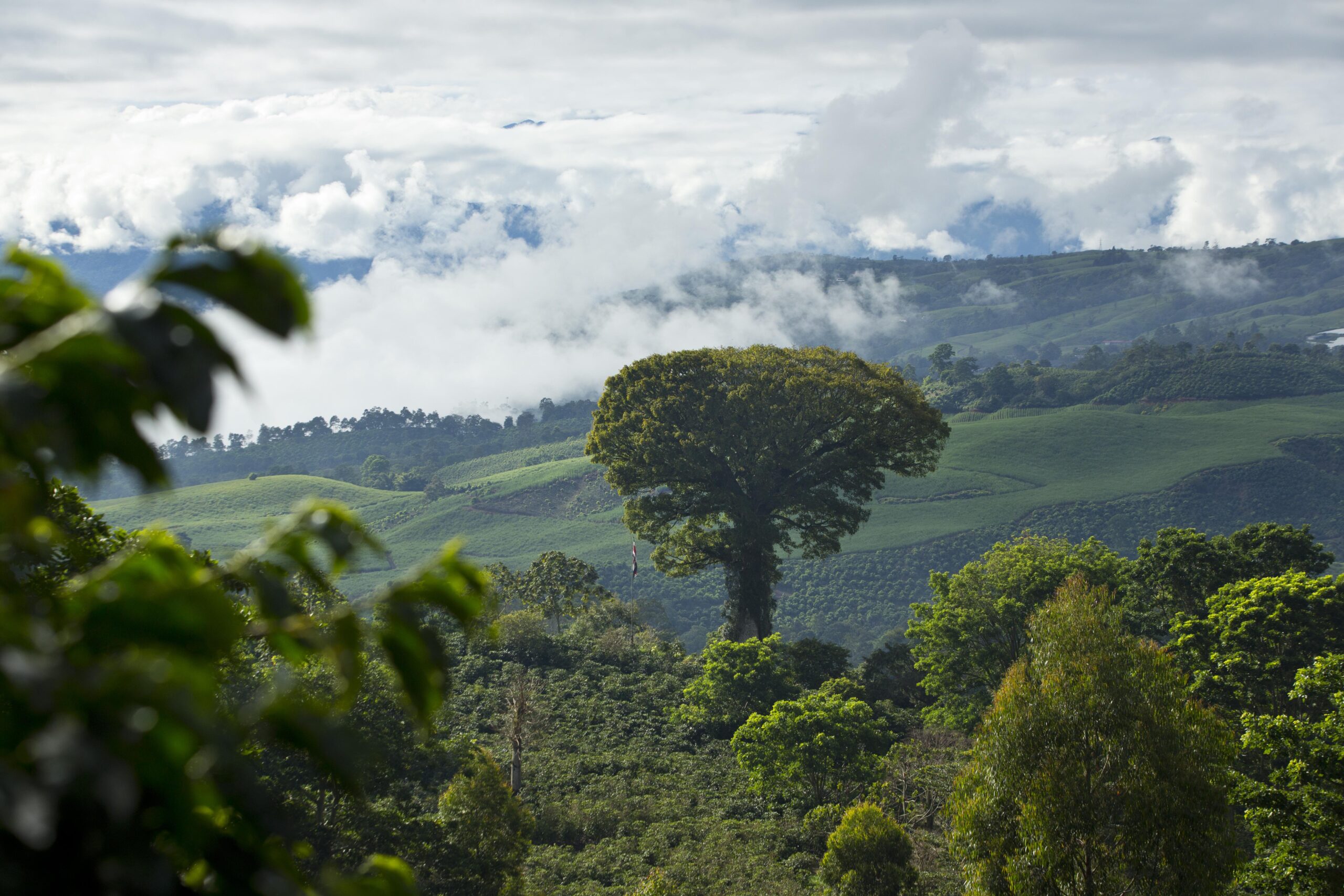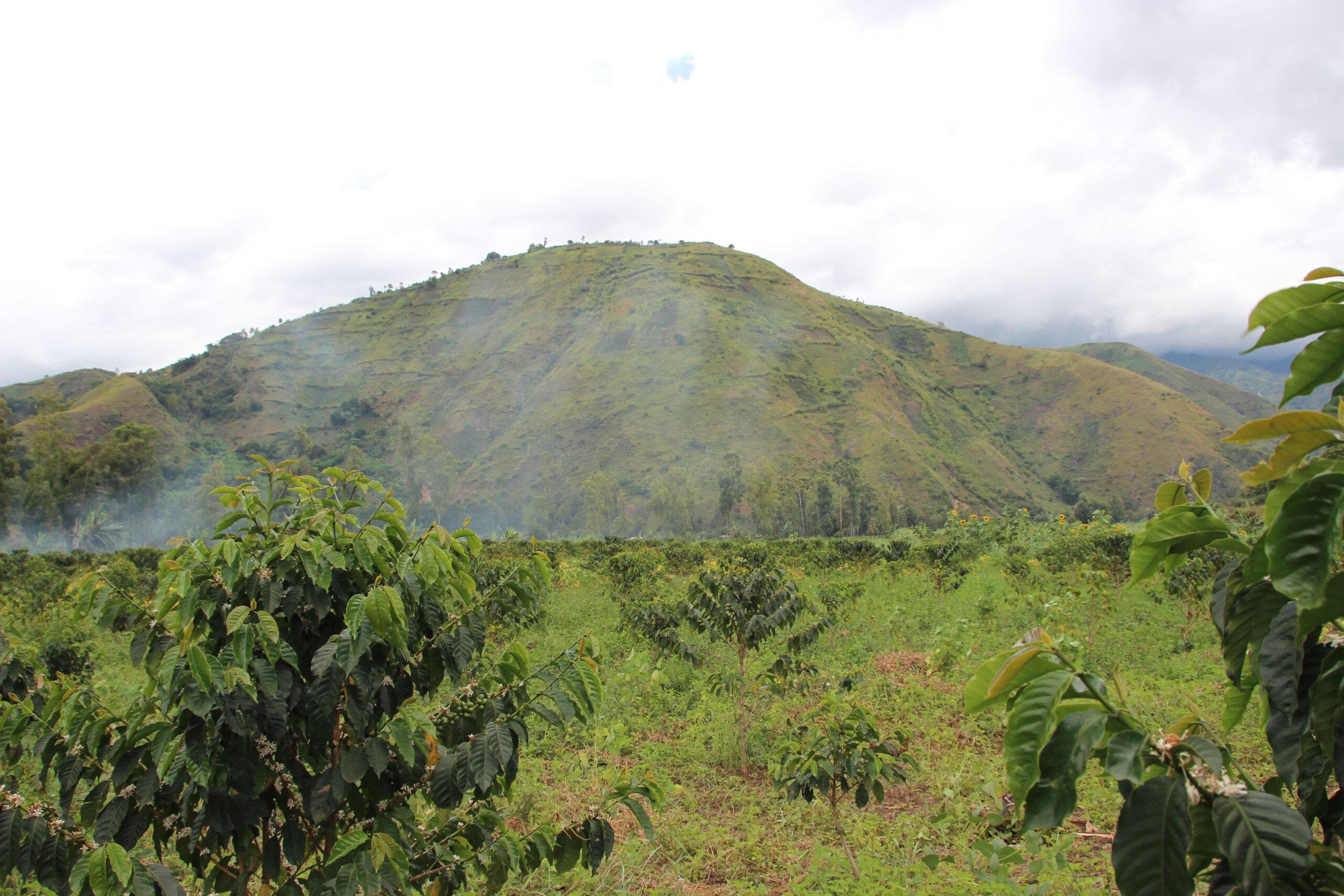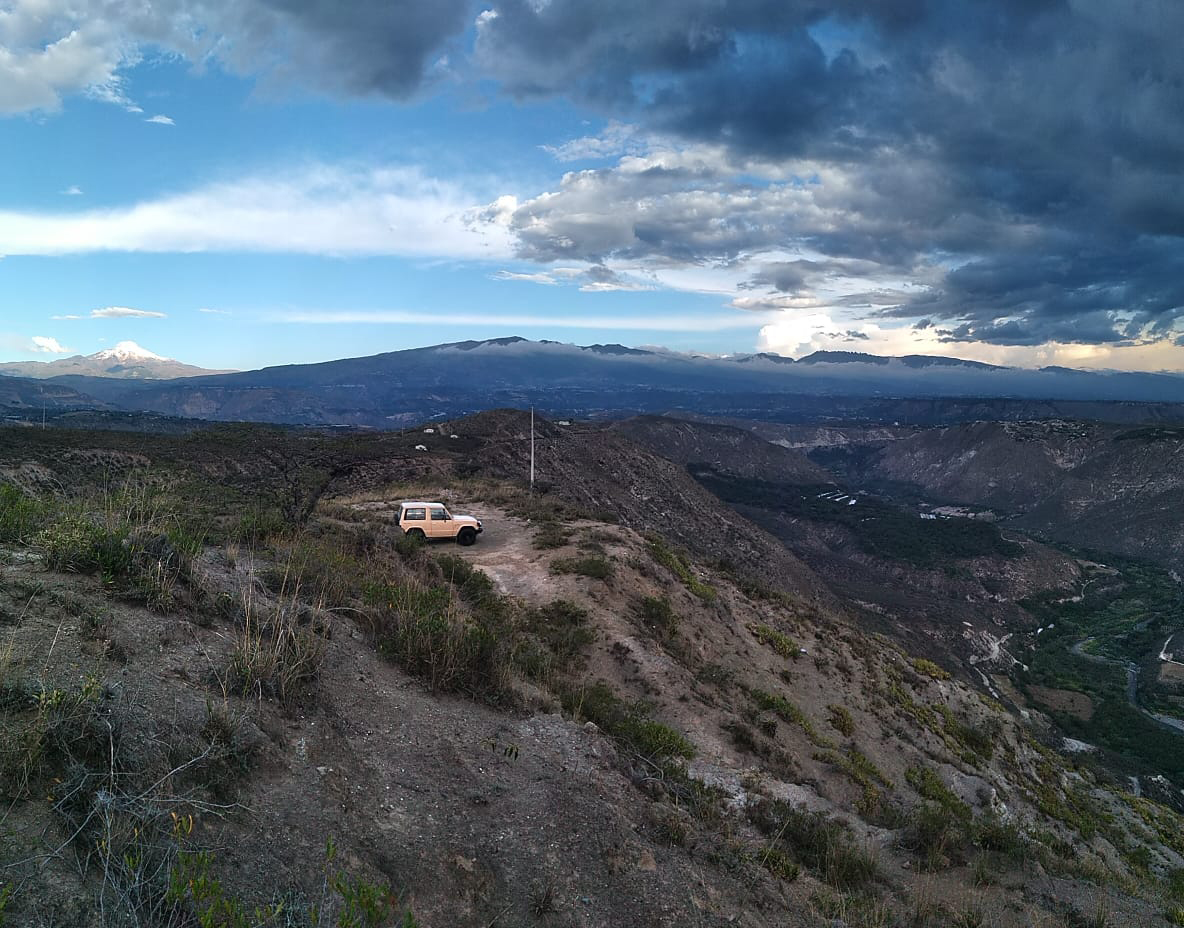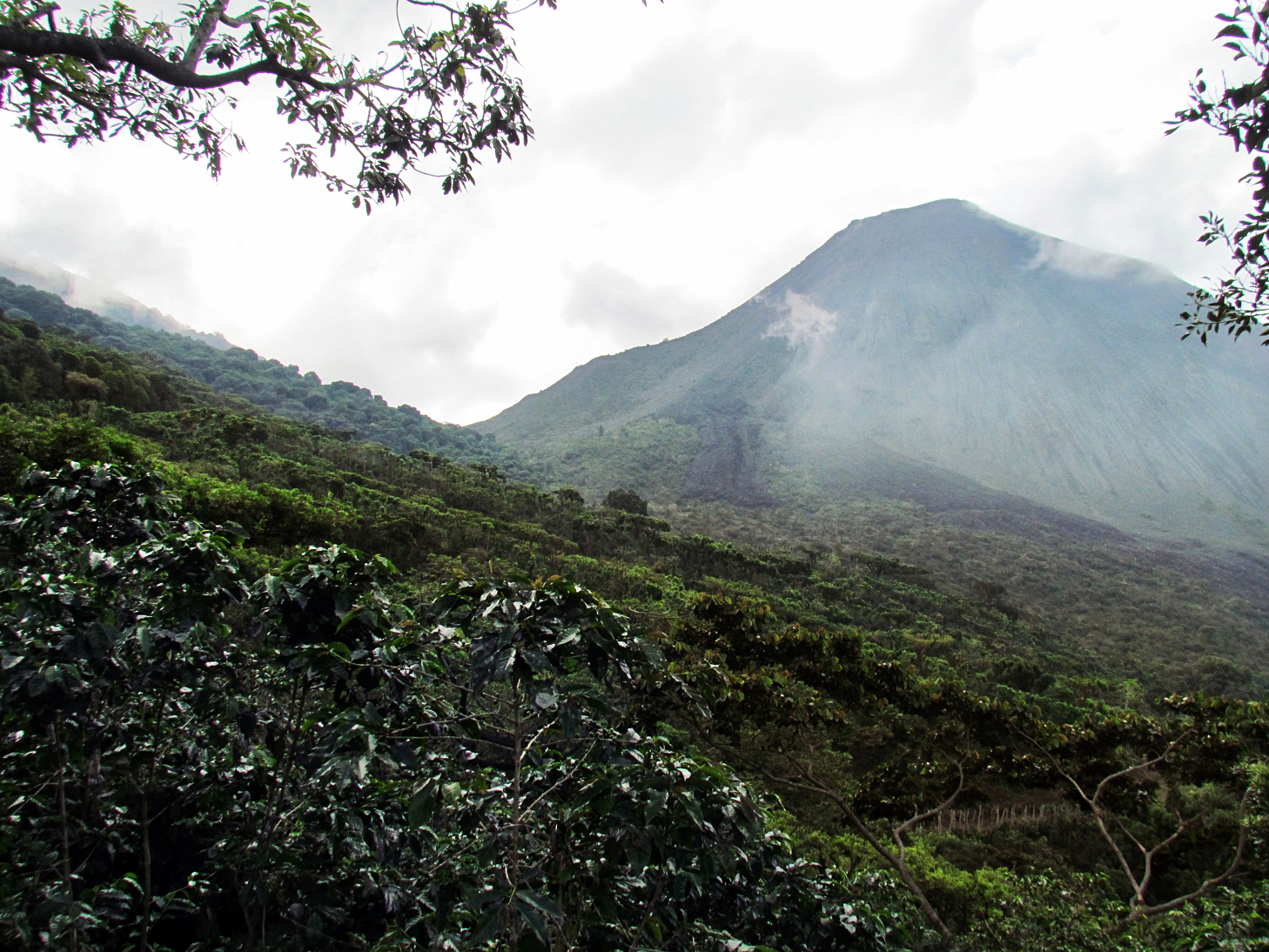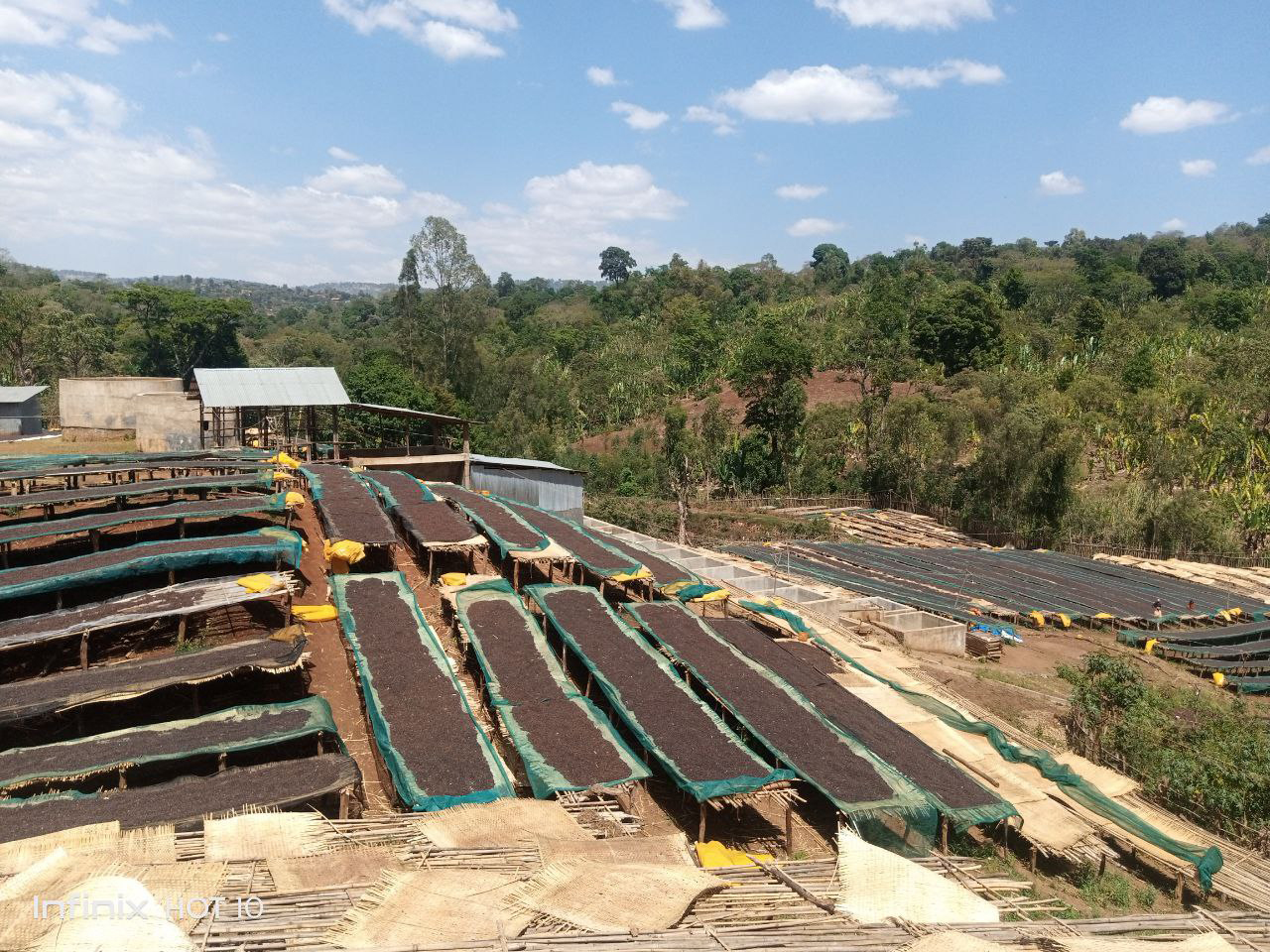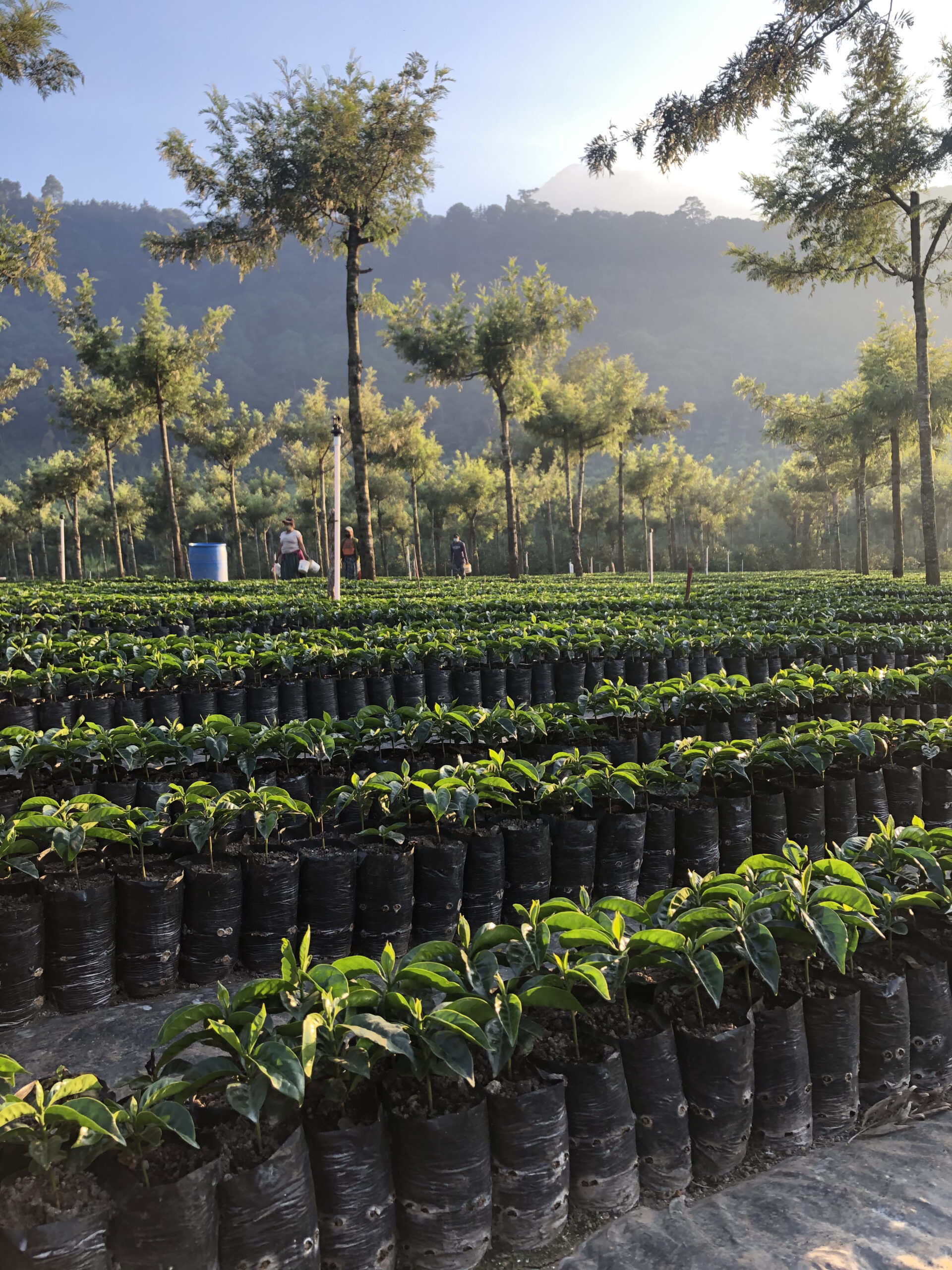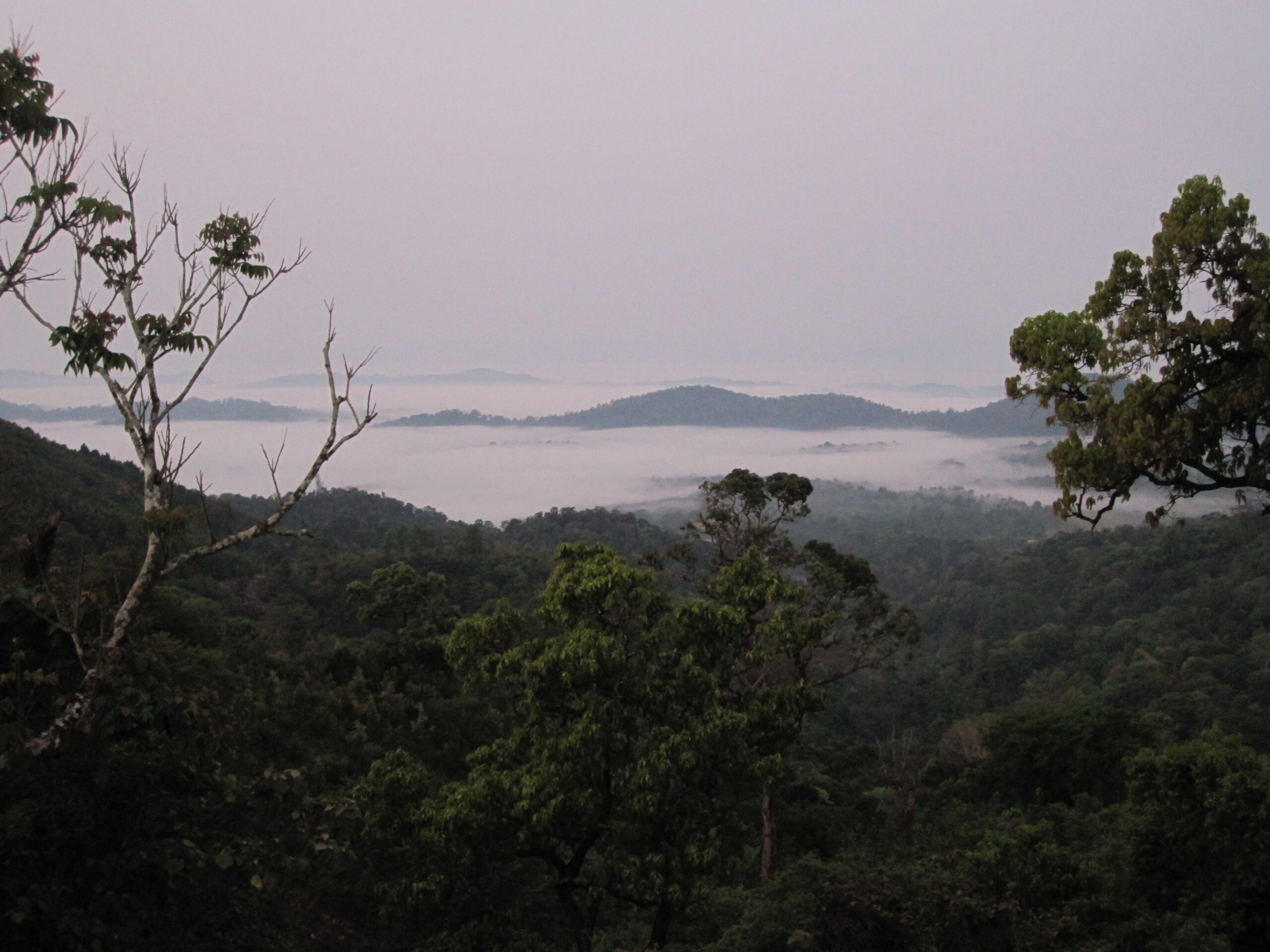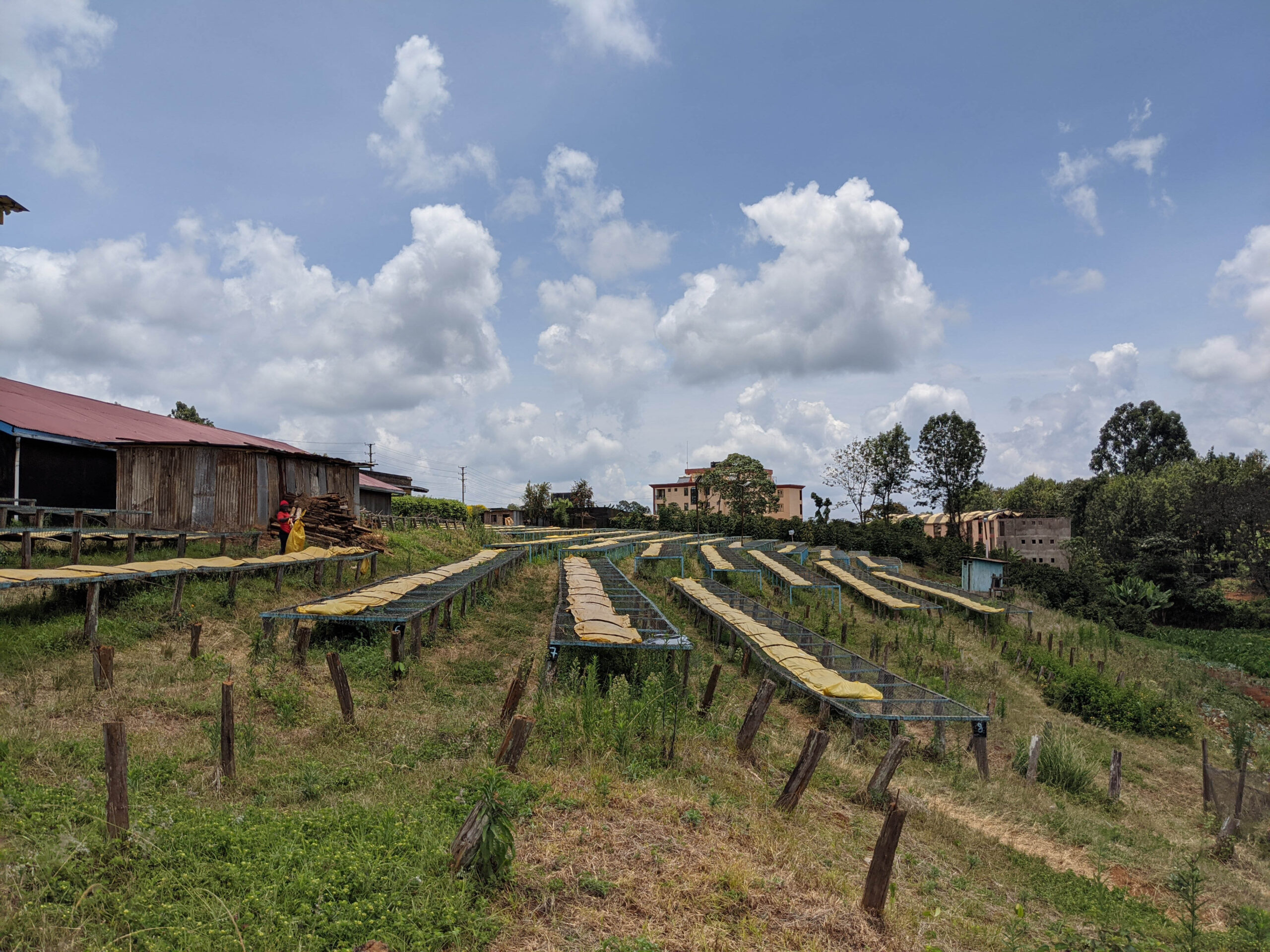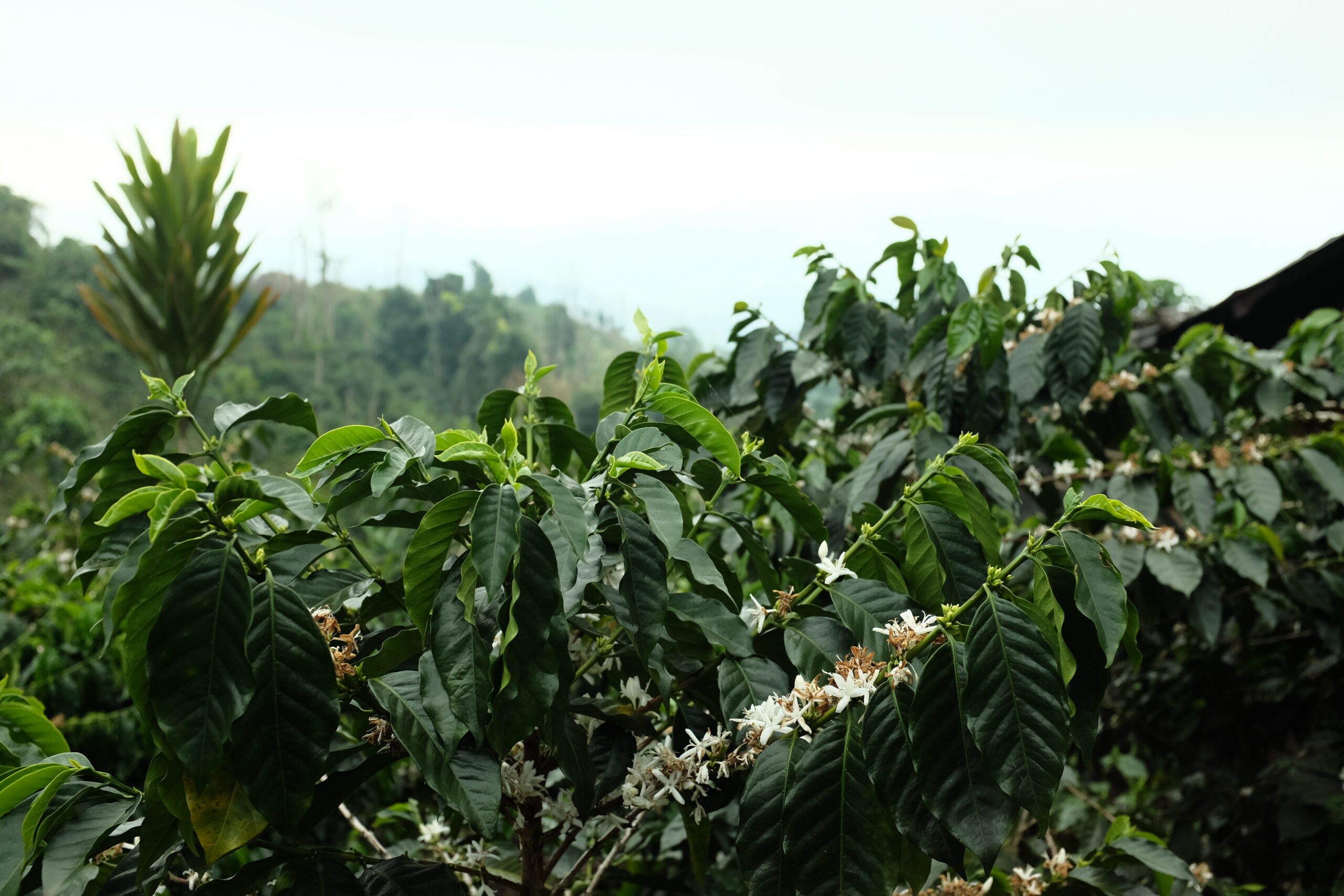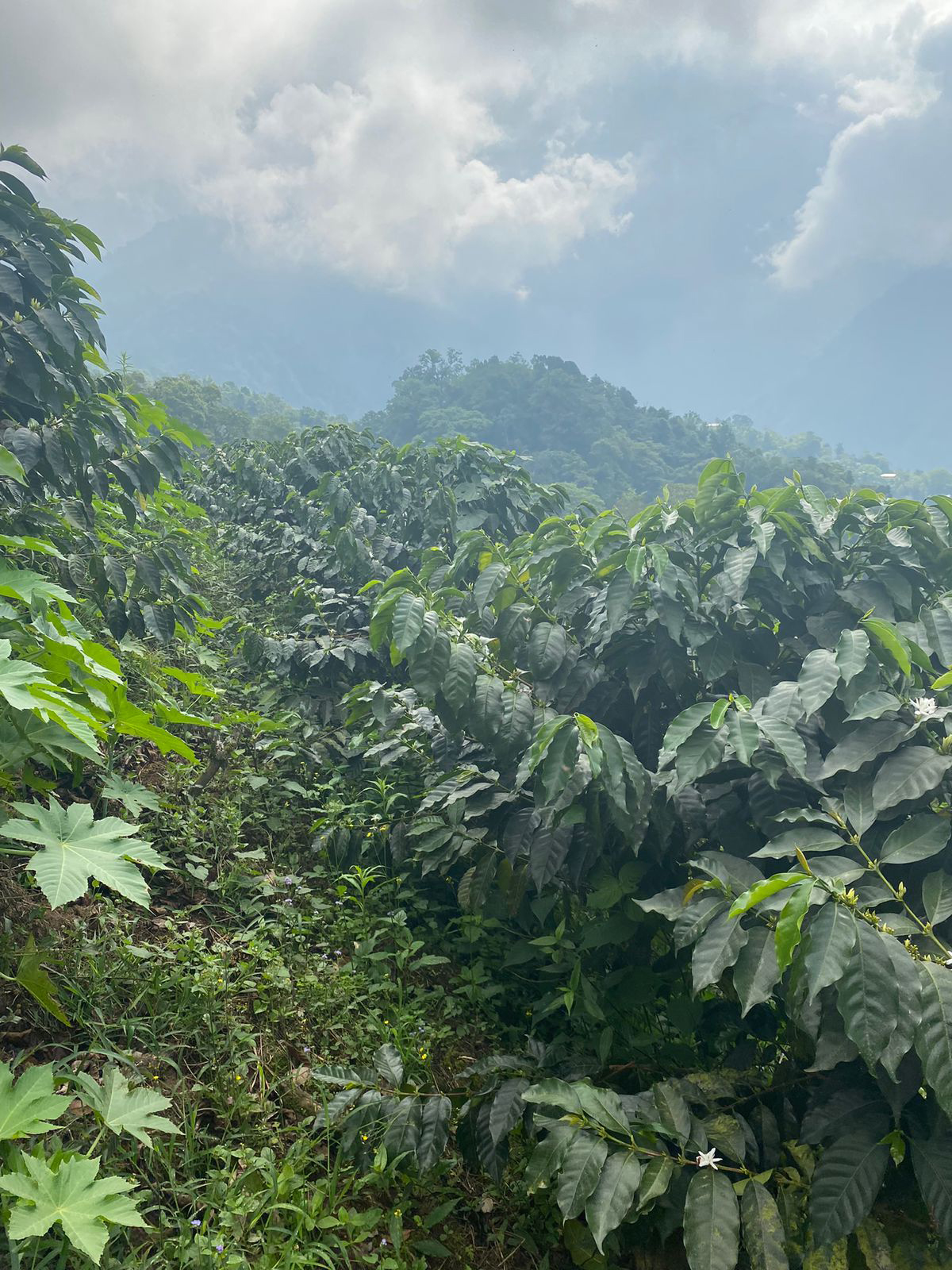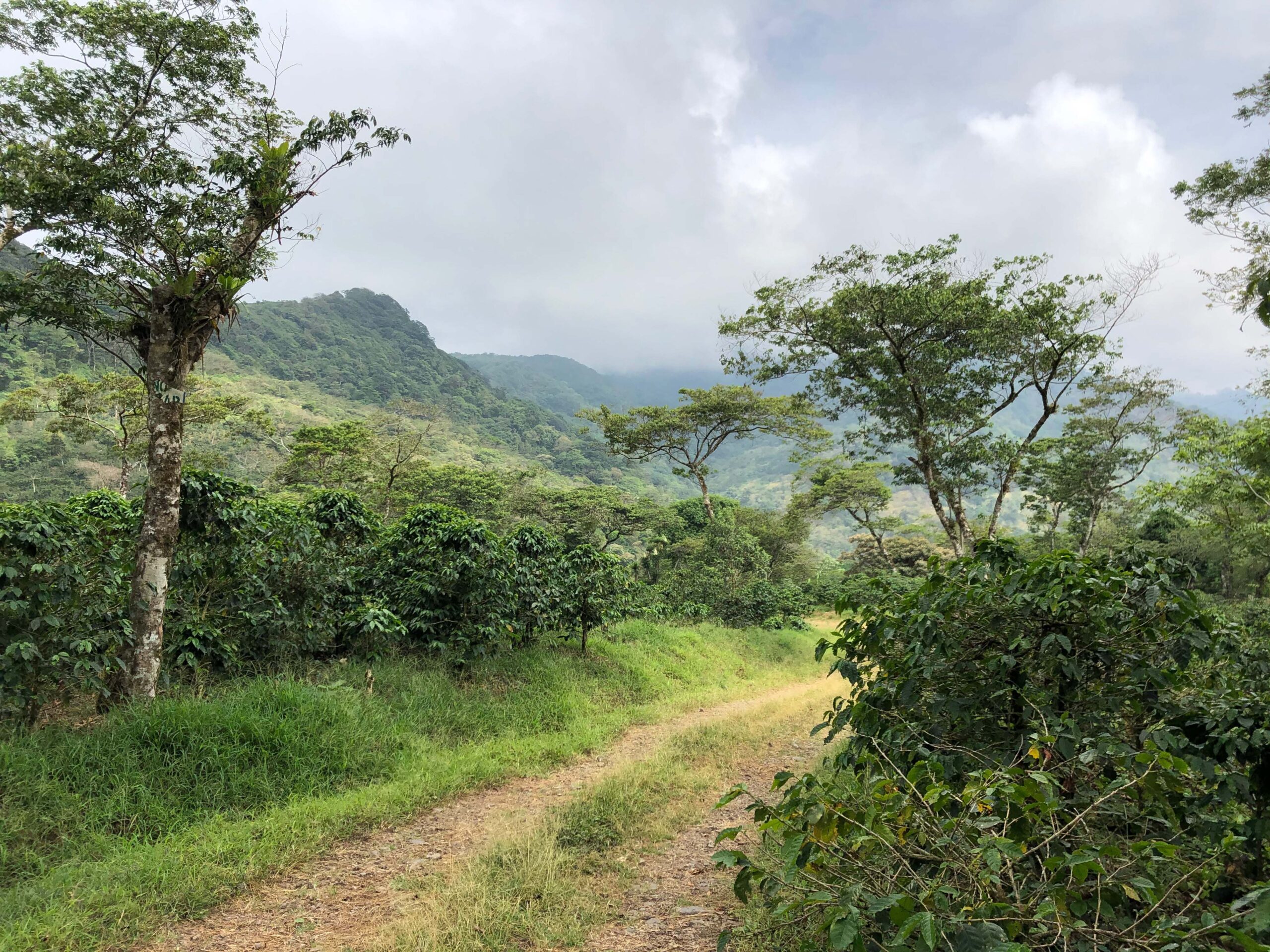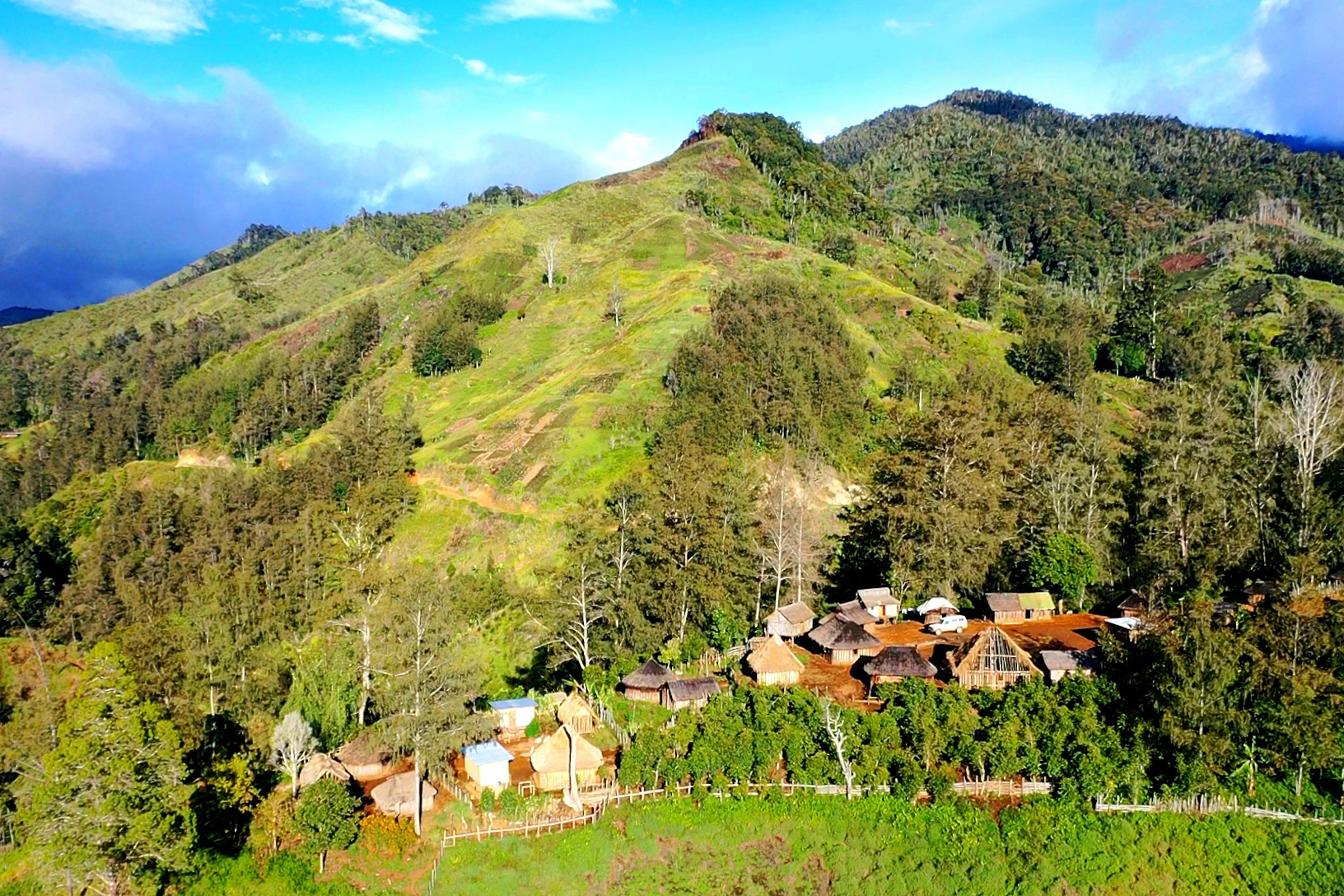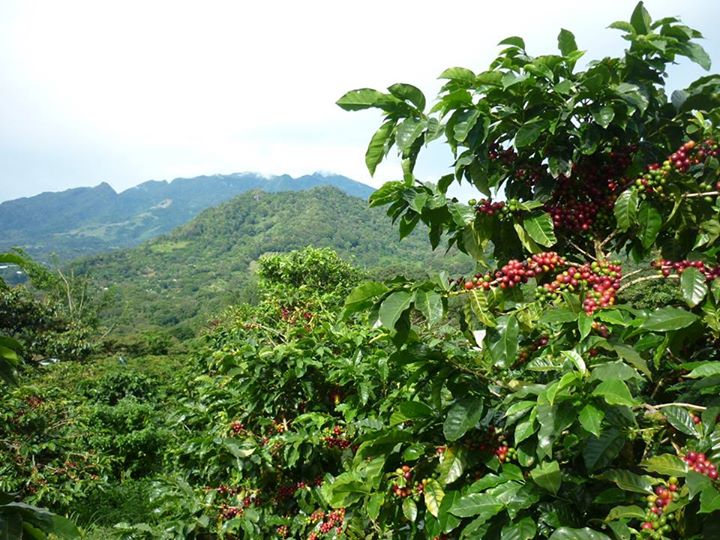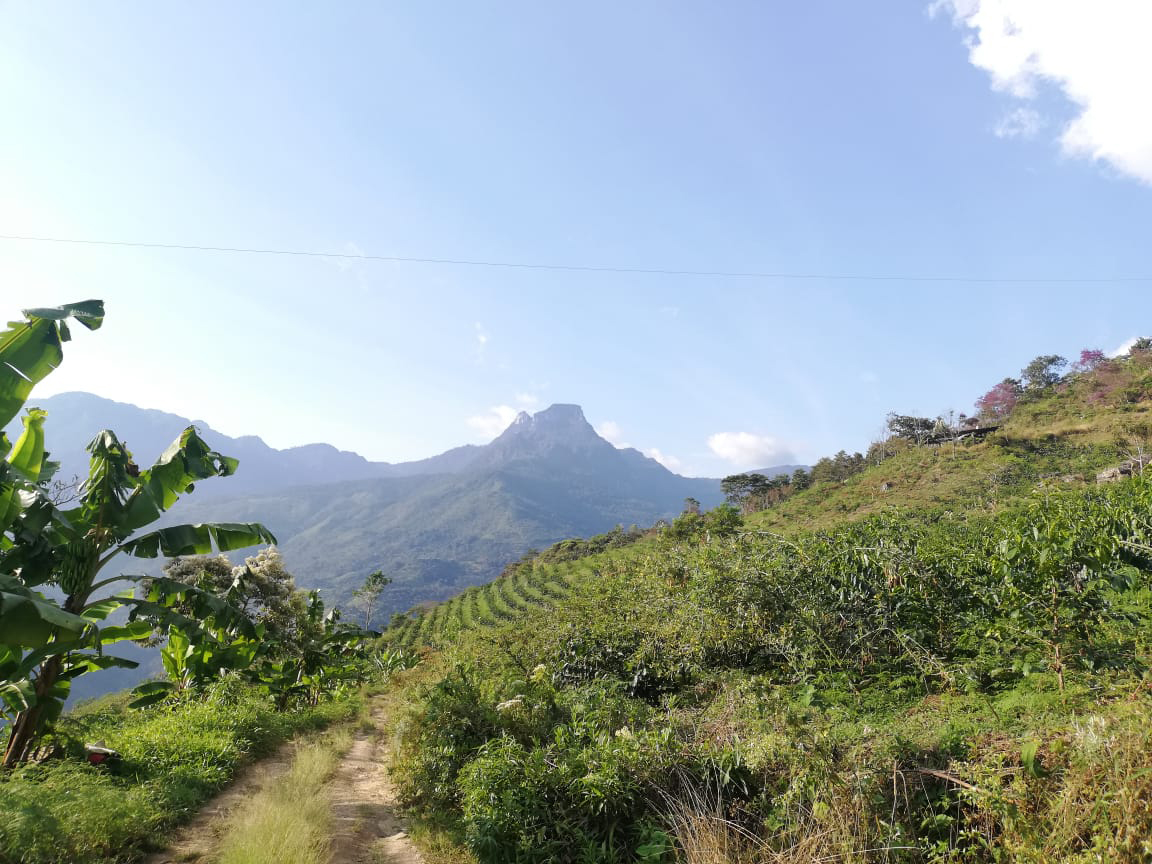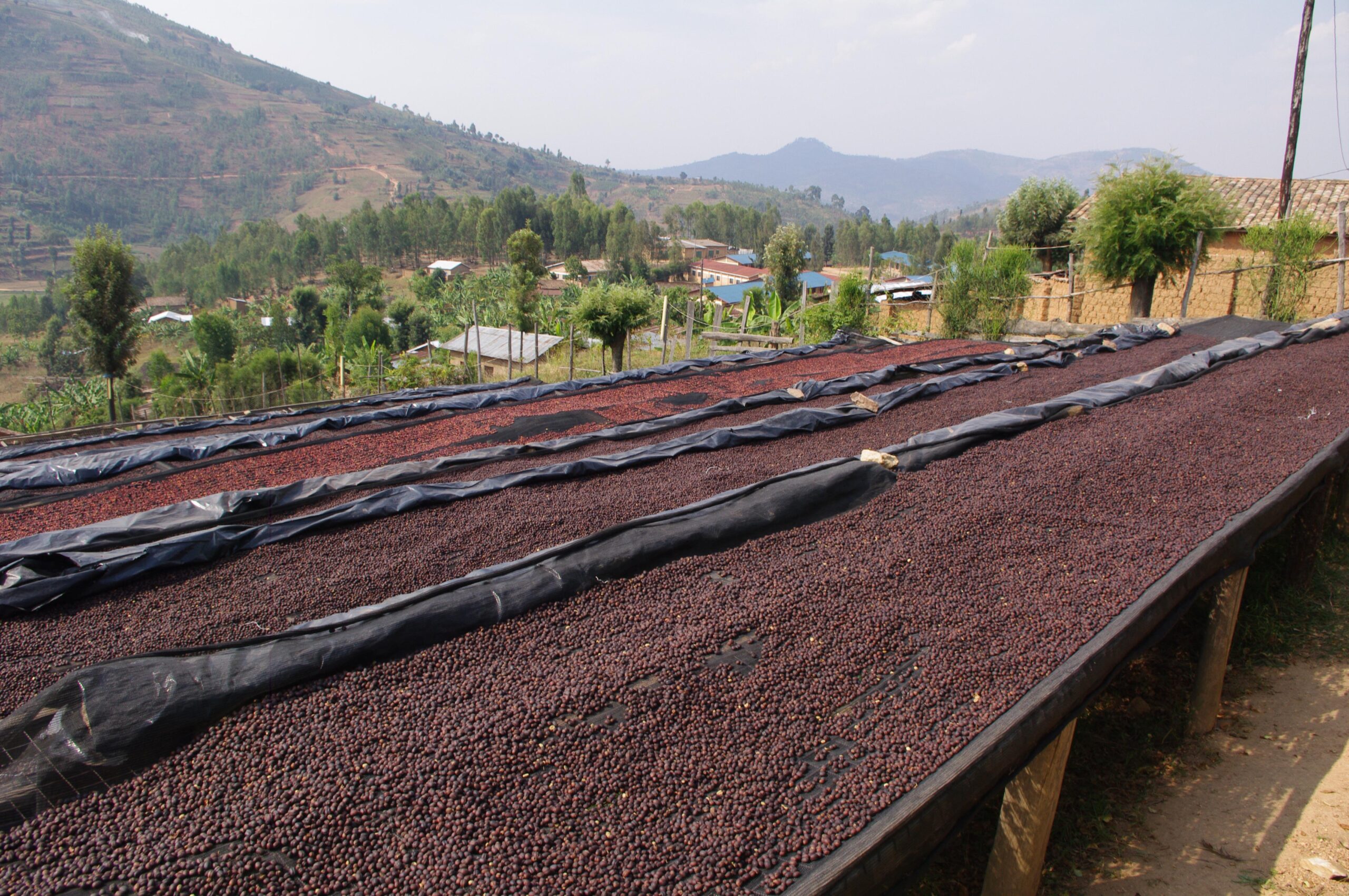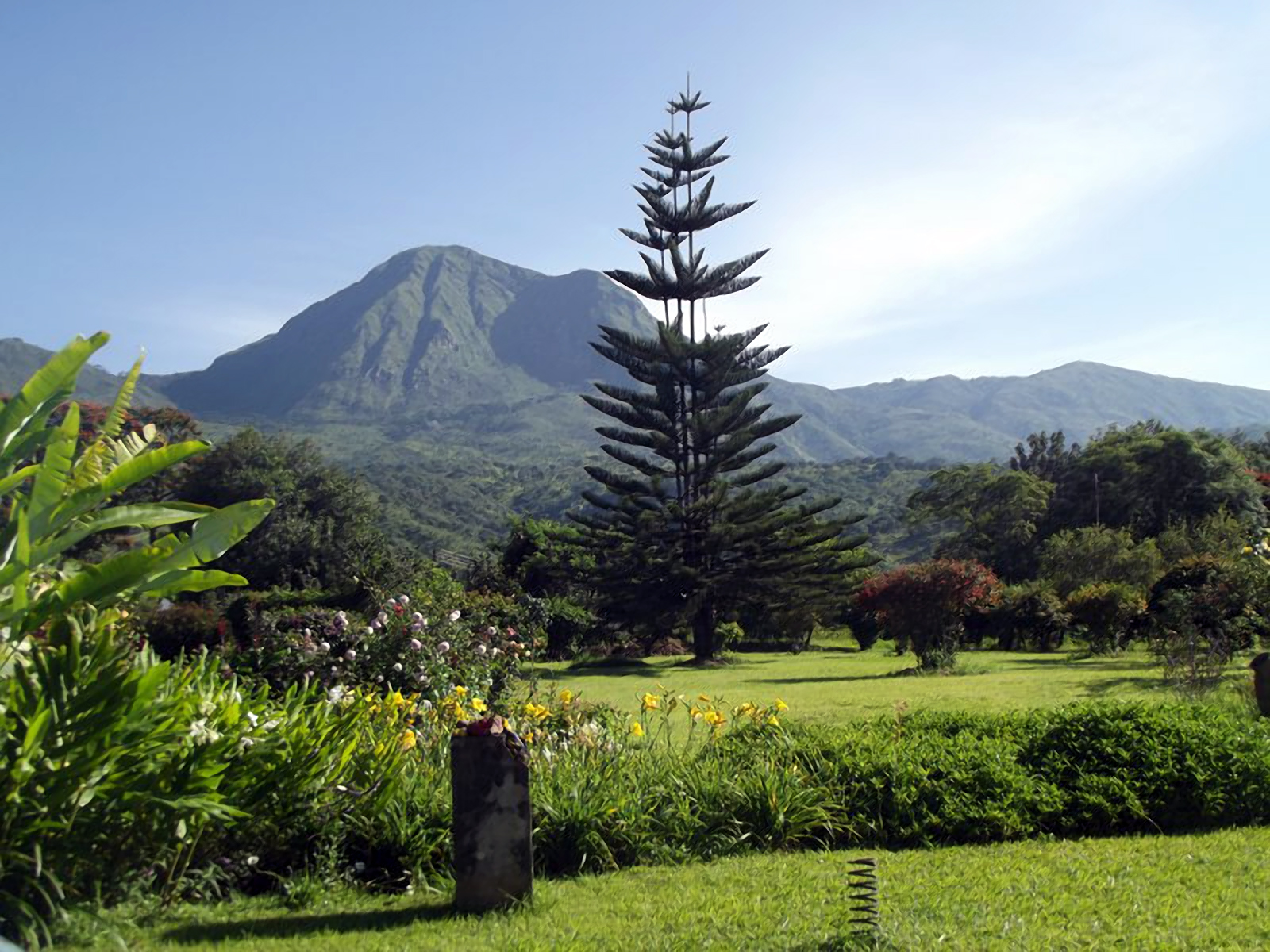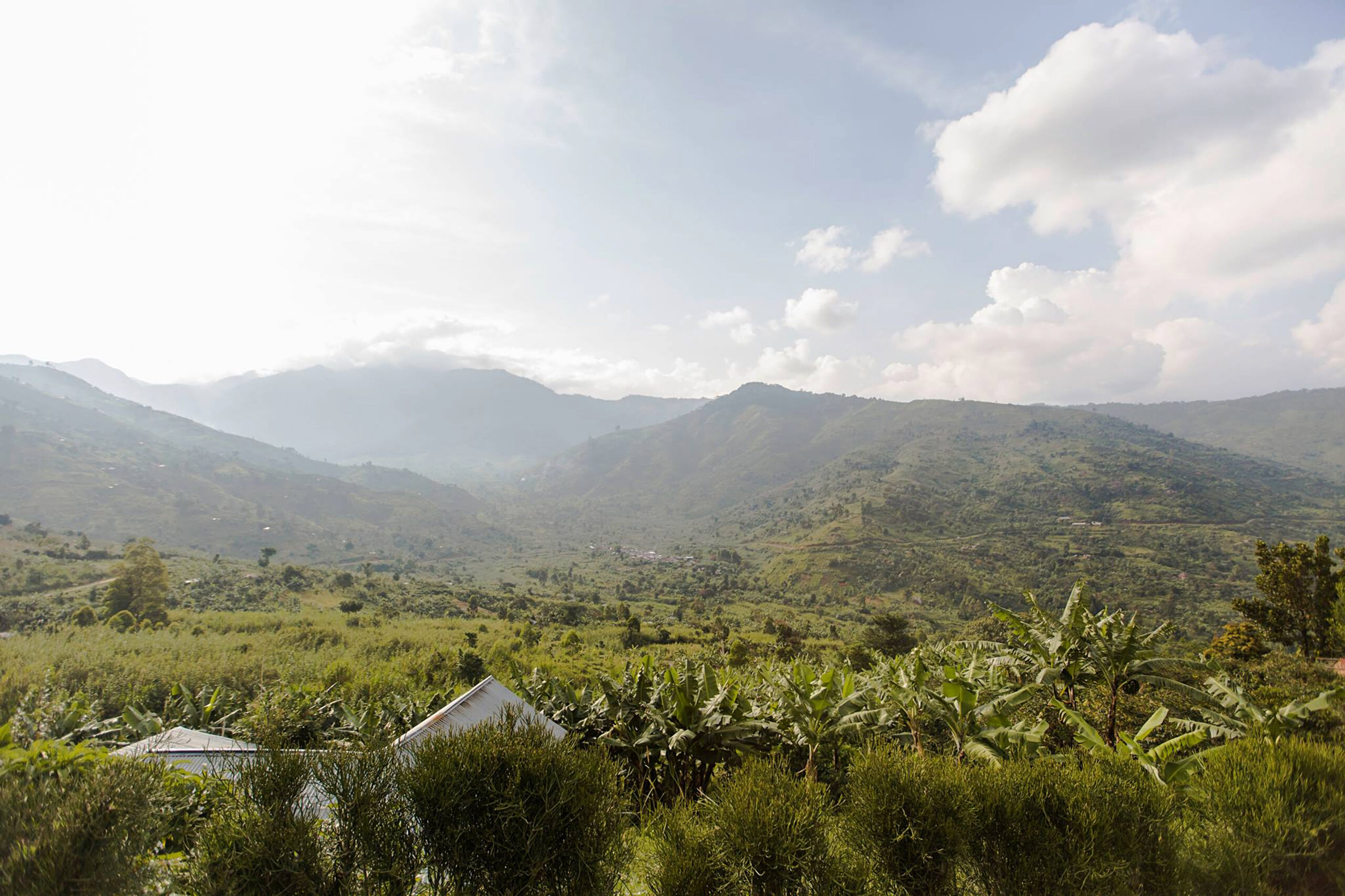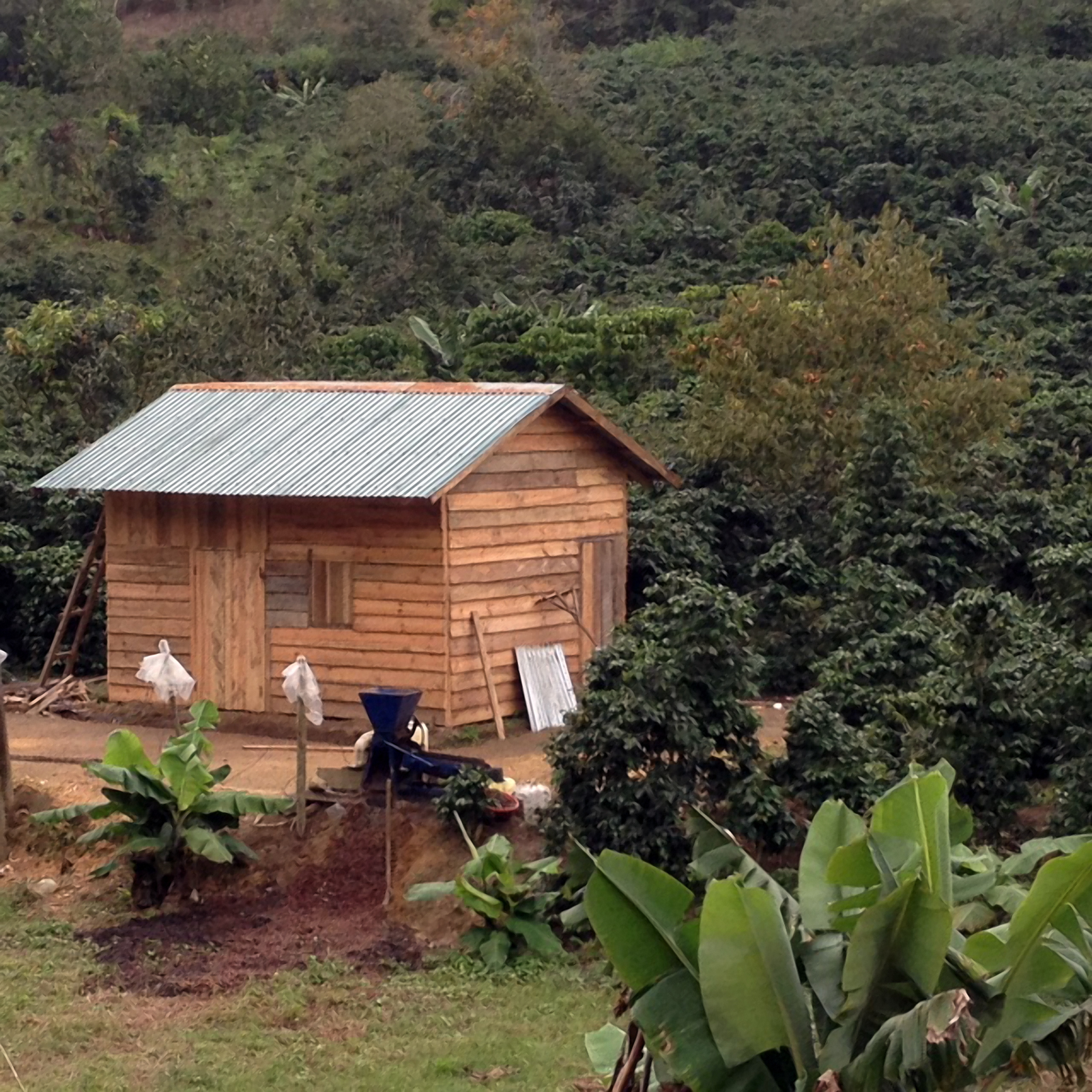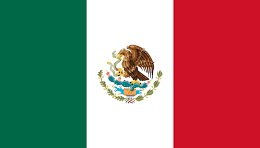
Mexico
With numerous microclimates, climbing altitudes, and biodiverse ecosystems - Colombia produces high quantities of excellent coffee.
Colombia is the third largest coffee-producing country in the world, and thanks to its vast array of unique microclimate, are able to have harvests throughout the year.
Commercial coffee cultivation began in the mid-1830s and spread so rapidly that throughout the twentieth century coffee already became the country’s leading export. A mountainous topography and many tropical micro-climates contribute greatly to Colombia’s reputation for ideal growing conditions, which – in turn – have helped Colombia establish itself as a recognisable origin around the world.
-
Place In World For Coffee Exporter12th
-
Sacks (60kg) exported annually2,627,000
-
Percentage of world coffee market2%
-
Other major agricultural exportsMaize, sugar, tomatoes, chilis, other vegetables
-
Estimated number of families relying on coffee for livelihood?More than 500,000
-
Typical varieties producedTypica, Bourbon, Caturra, Mundo Novo, Maragogype, Catimor, Catuai, Garnica, Marsellesa)
-
Key coffee regionsChiapas, Veracruz, Oaxaca, Puebla, and 8 additional states
-
Typical harvest timesNovember - March
-
Typically availableLate April
Rocky Start to Growing Coffee
One problem that the Mexican coffee industry has faced is convincing the government of its importance. In 1989, the Mexican Coffee Institute (INMECAFE) – which had since the 1970s tightly controlled most aspects of production within the country – was suddenly dismantled, hastened by President Carlos Salinas de Gortari’s neo-liberal reforms in response to the World Bank and other international financial institutions’ demands. The concurrent dissolution of the International Coffee Agreement and its quota suspension (so far permanent) left producers exposed to unprecedented price volatility and with no safety net. With no access to credit, no access to markets and little to no access to technical support, Mexican coffee producers, the vast majority of whom are small scale (10 hectares or fewer), found it difficult to cover the minimum costs of production much less ensure the livelihoods of their households. Even today, due to Mexico’s multiple lucrative revenue streams (such as industry and manufacturing, oil, tourism, and remittances), governmental efforts to promote the coffee sector have been primarily limited to accruing political leverage in rural areas (i.e., following Mexico’s election cycle).
Another problem is market access and grower awareness regarding the potential for quality production to deliver price premiums (again, arguably related to the lack of a strong national advice bureau of some sort). The industry tends to be dominated by large, private, and often multi-national exporters, with little information trickling down to producers. Distances between growing regions are huge, making communication, access, and collective action a challenge.
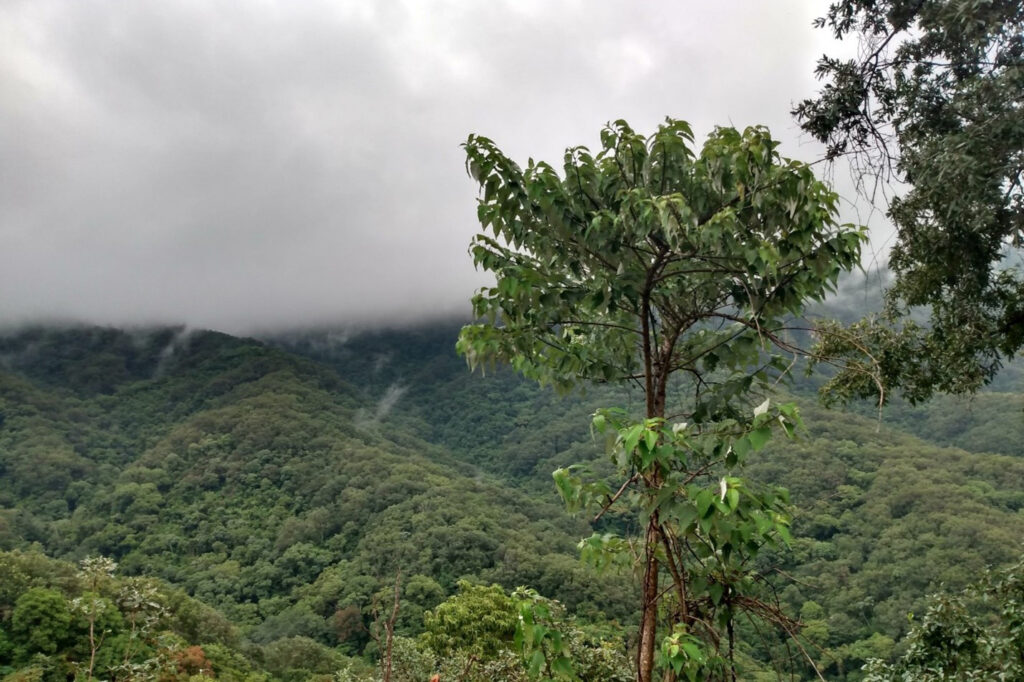
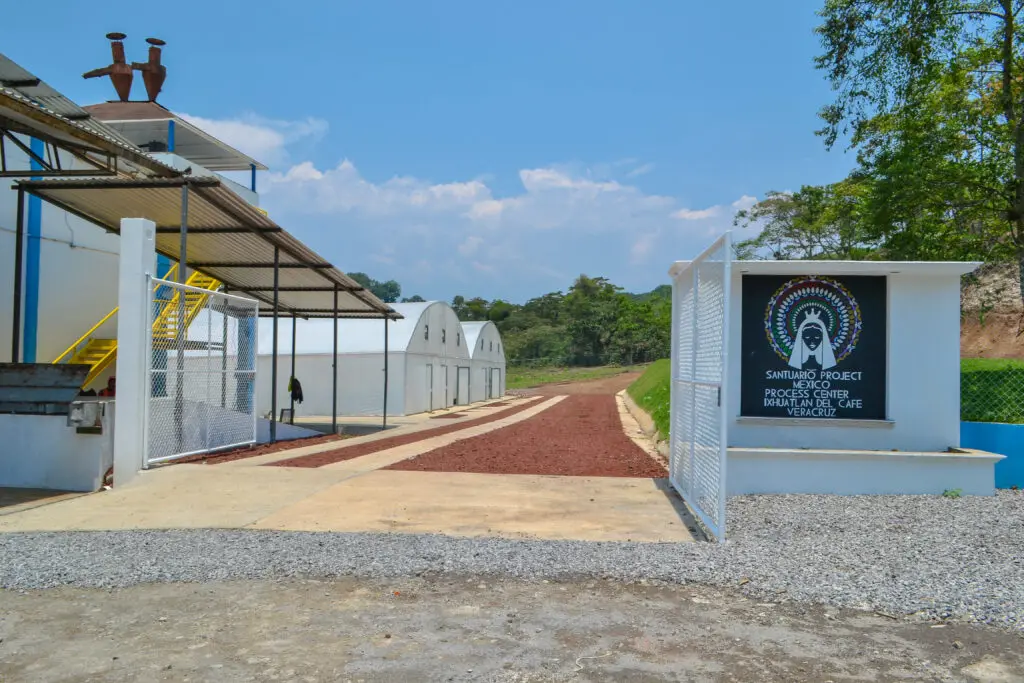
Shifts in Production
All is not doom and gloom, however. Following the dissolution of INMECAFE, Mexican producers have shown a talent for reorganising into cooperatives of all shapes and sizes, which enabled them in the late 1990s and early 2000s to begin to take advantage of the burgeoning markets for fairly traded and organic coffee; since then, certification has gained a stronghold in many of the most remote and vulnerable regions. This has only in rare cases translated into quality improvements, but in recent years Mexico’s coffee growing cooperatives/regions have put pressure on the government to invest more strategically in coffee. Their argument has been helped by sharp price increases globally – making coffee a more attractive business than it was throughout the coffee crises of the 1990s. Furthermore, the Cup of Excellence held their first competition in Mexico in 2012, which has improved knowledge of specialty markets amongst growers and raised awareness of Mexico’s potential among buyers. The recent establishment of The Mexican Association of the Productive Coffee Chain (AMECAFE) as a cross-sector and private-public agency responsible for the Sistema Producto Cafe shows some promise of revitalising Mexican production with a turn to specialty coffee. However, it is early days, and the impacts remain to be seen.
Today's Coffee Farms
The vast majority (90 percent) of Mexico’s coffee is produced in four states in the southern half of the country: Chiapas (44 percent), Oaxaca (11 percent), Veracruz (29 percent) and Puebla (11 percent). Coffee is grown by more than 500,000 farmers, around 70 percent of whom are smallholders with less than 10 hectares of land. Large estates are rare – only 0.06 percent of farms are larger than 50 hectares. Nearly 97 percent of the country’s production is Arabica, the majority of which is traditional varieties such as Garnica, Typica and Bourbon. However, this is changing due to the impact of coffee leaf rust, and many producers are introducing Catimor strains to combat the fungus’s impact. Some of these, such as Marsellesa, may offer good cup quality as well as increased production and resistance to disease. Many producers are taking proactive steps despite recent losses.
On most Mexican farms, all work is carried out by hand, and many farms are organic by default – indeed Mexico is one of the largest exporters of organic certified coffee (though this distinction may be difficult to maintain in the face of coffee leaf rust). Most of Mexico’s coffee is wet processed, although a small proportion of naturals are also produced – this has changed in recent years with more experimentation occurring and microlots being singled out.
Domestic consumption of coffee is rising steadily and is heavily promoted by the government. Much of this is in fact low grade imported coffee – around 1.2 million bags, mainly from Vietnam and Brazil, though increasingly there seems to be an awareness of ‘local’ production – particularly in colonial towns such as Oaxaca City and San Cristobal which have a young population and a large tourist draw.

More Locations
